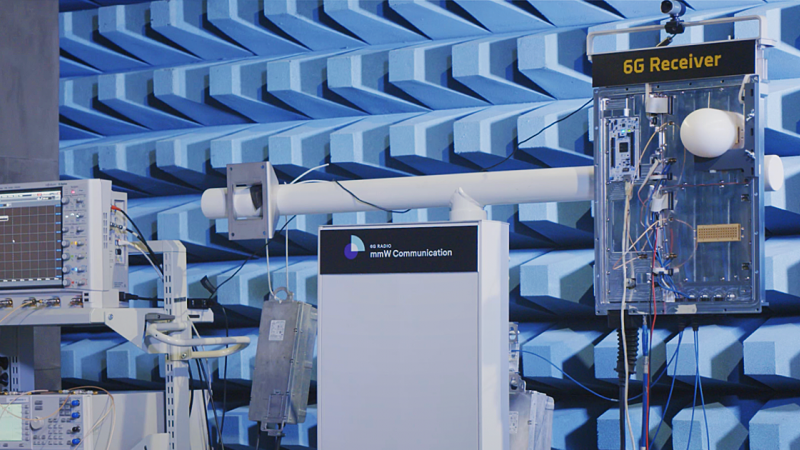University of Oulu’s 6G Flagship released a series of 6G demonstrations run by their researchers in Finland. The initiative showcased seven use cases expected to flourish in the coming decade using beyond 5G technologies.
The demos featured lighter-than-air (LTA) drones, eHealth, 3D scanning, visible light communication, light-based location, Terahertz sensing, and millimetre wave communication.
“6G networks are expected to be in commercial use around 2030. It is time to start building a comprehensive vision of 6G verticals and real-life applications,” said Dr. Tuomo Hänninen, who led the creation of the demos, to the initiative’s website. “With these demos, we have only begun to scratch the surface of the endless possibilities of 6G technology.”
Even though not every use case is strictly or directly 6G-related, University of Oulu’s experts said the addressed technologies will heavily benefit from the next generation of mobile connectivity, especially because many requirements will not be met by today’s 5G.
6GWorld has selected three of the demos, but you can check the entire playlist here.
LTA Drones
“Drones in general are considered part of the 6G world,” explained Dr. Juha Häkkinen. But that’s no ordinary technology: LTA drones are a family of machines that offer flights ten times longer compared to conventional drones. Also, they are more suitable for indoor services.
Instead of the regular 4-arm shape and a central box, LTA drones consist of balloons filled with helium – that’s why they are lighter than the air. The 6G Flagship demo presented an LTE drone made of three balloons lined up one next to another across a one-metre-long carbon fibre rod.
The main advantage of LTA drones is energy: because they naturally float due to the helium balloons, the energy they would use to stay on the air can be redirected to other functions, remaining afloat for a month.
“Most of the information processing, the AI that is automating the flight, is actually on the network side of the 6G network,” Häkkinen said. “An example of how we use the 6G network to fly the LTA is the use of a machine vision camera, which is actually providing the location data for the LTA system.” According to him, it is possible to create, for example, systems that monitor the quality of infrastructures 24/7.
3D Scanner – Let’s Go Avatar
Another expected 6G use case belongs to the imaging world, especially fields like volumetric video streaming, sensing, and XR, to cite only a few examples. Features such as these demand an enormous data transmission capacity as well as processing capacity.
In fact, 6G Flagship’s demo of 3D scanning plays with these technologies. In the experiment, the researchers built a booth grouping 144 cameras. A 3D model of the person is photographed and processed at a very fast pace, creating a moving avatar. It also measures accurately dimensions like height and length.
“In 6G networks, processing capability is most likely located right next to the base station in edge servers. This is already happening today with 5G networks. Edge servers can be located in any industrial environment, for example factories or hospitals,” explained Dr. Ville Niemelä, from the University of Oulu.
Let There Be Light
While radio networks are the main target of telecommunications, researchers are also looking at visible light communication (VLC) as a means for data transmission.
According to University of Oulu’s Dr. Marcos Katz, there is a “huge amount of spectrum which is unlicensed, it is free to use, [and that] we have available for light. Also, we can support very high data rates.”
Another upside of using light in addition to radio frequencies is security, Katz says. Since the light signal remains in the room, only the people using the connection have access to the communication.
In the demonstration, Katz and his team tested how radio and light could work combined in the same space. They were able to show a system that automatically switches from one network to another depending on the situation.
For example, if you are using VLC and the source of light is interrupted, it automatically redirects the user to the radio network, and vice-versa.







